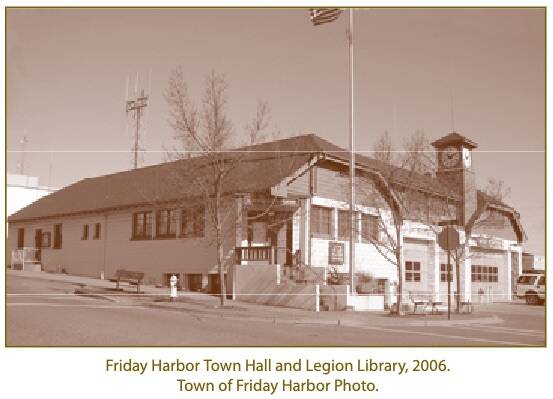All too often, attempting to uncover the history of a community contemporary historians are often met with a glaring lack of information on the contributions undoubtedly made by scores of women. New businesses, agricultural, medical and educational endeavors carry the names of dozens of men – and their brothers and sons – who significantly contributed to the economic development of this country. Rarely, if ever, do we know the names of the women who worked alongside those men – as wives, mothers, sisters – or the roles they may have had, and the work they may have done.
Consequently, we’re often left with a lop-sided look at how we grew as a country, a region, a state or an island. One avenue toward discovering a fuller view of times past is to look to women’s organizations. Such groups as the Presbyterian Ladies Club and The Women’s Study Club of the early twentieth century were often involved in philanthropic endeavors designed to better the community and its inhabitants. Garden Cubs, Audubon Societies, League of Women Voters and the Soroptimist International continue to provide both educational and civic opportunities for both women and the greater community.
That said, there’s over a century of island newspapers available for perusal at the San Juan Island Historical Society and Museum waiting for research deep-dives. Given the spirit of the island’s women business owners, there’s a book (or three) just waiting to be written! As another Women’s History Month comes to a close here’s hoping that the women of today and decades past will ultimately receive the recognition so long over-looked, and so richly deserved.
223 A Street
The charming house at 223 A Street was originally built by merchant-entrepreneur, M. R. Noftsger, one of the owners of the San Juan Trading Company. In 1903 it was acquired by the Presbyterian Church. The Presbyterian Ladies’ Guild refurbished the home, paying for a large oil stove and other materials with the monies they raised. The Guild used the manse for social events and for welcoming visiting clergy and church officials. When the Guild outgrew it, the congregation acquired a roomier house closer to the church on Spring Street. Many island families occupied this hilltop home until Marie Collins acquired and partially restored it in the late 1960s. A succession of businesses have operated in it more recently.
Friday Harbor Town Hall and Legion Library
60 Second Street
The Legion Public Library, founded in 1922, was first located on Spring Street In 1936, town librarian Mrs. Leon Little and attorney Elmon Geneste worked out the details for the construction of a new concrete building to house the public library and government offices. Funding for the building came from the federal Works Progress Administration (WPA). The library was located here until 1983 when a new library was completed on Guard Street.
Bowman House, c 1876-1878
265 Spring Street
The Bowman House is the oldest continual residence in Friday Harbor. It was built for Judge John Bowman in the late 1870s. Bowman, along with Edward D. Warbass, was one of Friday Harbor’s first promoters. When Friday Harbor was chosen as the county seat in 1873, the town had a population of just three, one of them Bowman. Later, Idele Nichols and her family lived in the house for 40 years. The street behind the house was named after them.
With thanks to the publication, Historic Friday Harbor on Foot – Tour One: Downtown, 2006
Just how did Spring Street get its name?
According to an entry in the Umbrella Guide to Friday Harbor and San Juan Island by Jerome K. Miller: “Spring Street is the oldest street in Friday Harbor. It began in 1873 as a dirt trail with a few small shacks on either side. It got its name from a natural spring which bubbled from the ground in the middle of the street. When the water level dropped, a pump was installed at the spring with a watering trough for horses. Children were sent to the well to pump buckets of water for horses, cows, and chickens. The well was removed in the 1920s after the town water system was installed. The well site was paved over, but water continued to seep from the ground, undermining the pavement. The problem was solved by diverting the water to a culvert. Today, the spring water flows into the harbor, just below Memorial Park.”





